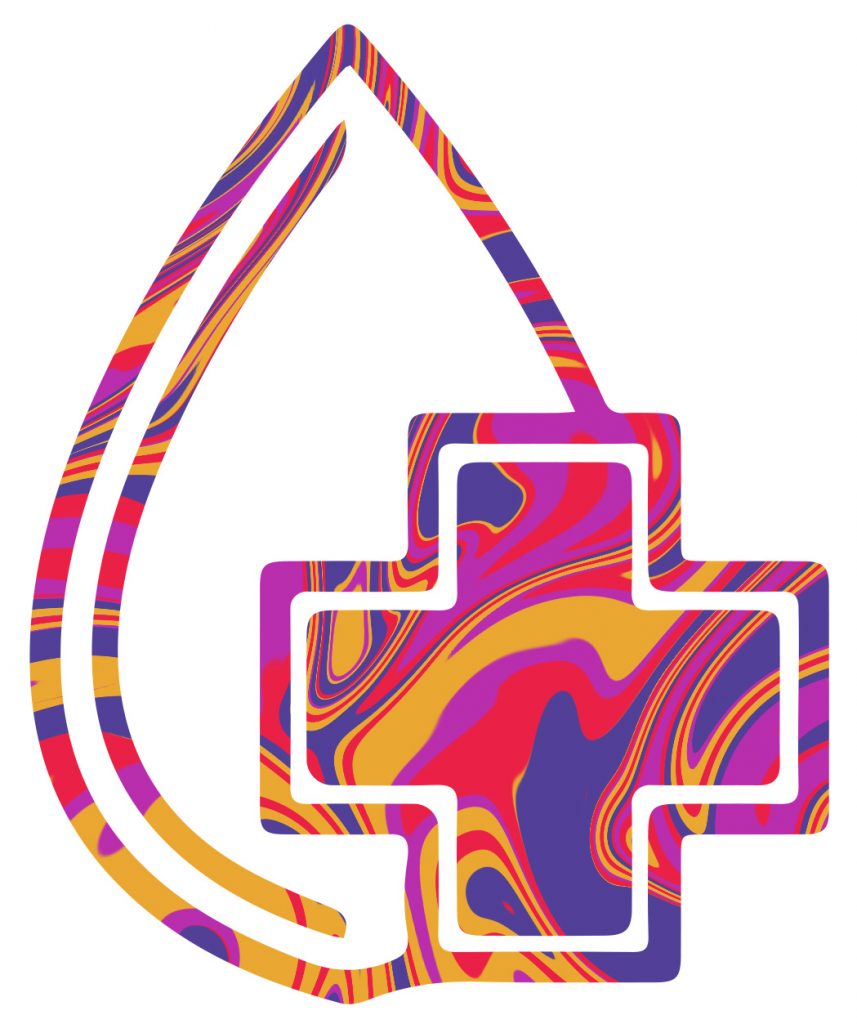Phage Treatment

Bacteriophage therapy involves the utilization of beneficial (“good”) viruses known as bacteriophages to treat antibiotic-resistant or chronic bacterial infections. These bacterial viruses directly and exclusively target the specific bacteria, effectively destroying them through the process of “lysis”.
Bacteriophages are the natural enemies of bacteria. The word bacteriophage means “bacteria eater.” They’re found in soil, sewage, water, and other places bacteria live. These viruses help keep bacteria growth in check in nature.
Phage therapy might sound new, but it has been used for over 100 years. However, the treatment isn’t well known among patients. This therapy is a particularly useful alternative to antibiotics for treatment certain drug resistant bacteria .
Antibiotics save lives and prevent disease from spreading. However, they can cause two main problems:
1. Antibiotics attack more than one kind of bacteria
This means they can kill both bad and good bacteria in your body. Your body needs certain kinds of bacteria to help you digest food, make some nutrients, and keep you healthy.
Good bacteria also help stop other bacterial, viral, and fungal infections from growing in your body. This is why antibiotics can cause side effects like:
- upset stomach
- nausea and vomiting
- cramping
- bloating and gassiness
- diarrhea
- yeast infections
2. Antibiotics can lead to “superbugs”
This means that instead of stopping, some bacteria become resistant or immune to antibiotic treatment. Resistance happens when bacteria evolve or change to become stronger than the antibiotics.
They can even spread this “superpower” to other bacteria. This may trigger dangerous infections that cannot be treated. Untreatable bacteria can be deadly.

Types of diseases treated with Phage Treatment
Treatment for antibiotic-resistant infections is possibile using therapeutic bacteriophages.
Phage preparations for therapeutic and prophylactic use are carefully selected to have a broad spectrum of activity against the disease-causing bacteria. This selection is determined through bacteriological analysis of clinical samples.
Phage therapy offers a viable alternative for the treatment of infections, particularly in cases of chronic and antibiotic-resistant infections. Superbugs like MRSA, ESBL, CRE, and VRE have become a daunting reality in today’s world. Bacteriophages can effectively target multiple antibiotic-resistant infections and prove beneficial in treating infections that cannot be adequately addressed with antibiotics due to poor blood circulation or bacterial biofilms.
Furthermore, their ability to translocate within wounds and the body makes them advantageous. Phages also provide a solution for individuals with antibiotic allergies and help preserve the bacterial ecology in the gut due to their specificity. Since phages are naturally occurring organisms and bacteria’s natural predators, they possess the ability to adapt and modify in response to changing antibiotic resistance.

Phage Treatment Procedure
Bacteriophages kill bacteria by making them burst or lyse. This happens when the virus binds to the bacteria. A virus infects the bacteria by injecting its genes (DNA or RNA).
The phage virus copies itself (reproduces) inside the bacteria. This can make up to 1000 new viruses in each bacterium. Finally, the virus breaks open the bacteria, releasing the new bacteriophages.
Bacteriophages can only multiply and grow inside a bacterium. Once all the bacteria are lysed (dead), they’ll stop multiplying. Like other viruses, phages can lay dormant (in hibernation) until more bacteria show up.

Benefits of Phage Treatment
The benefits of phage therapy address the shortcomings of antibiotics.
Just as there are many kinds of bacteria, there are several types of bacteriophages. But each kind of phage will only attack a certain bacterium. It won’t infect other kinds of bacteria.
This means that a phage can be used to directly target disease-causing bacteria. For example, a strep bacteriophage will only kill bacteria that cause strep throat infections.
There are many advantages from the use of bacteriophages:
- Phages work against both treatable and antibiotic-resistant bacteria.
- They may be used alone or with antibiotics and other drugs.
- Phages multiply and increase in number by themselves during treatment (only one dose may be needed).
- They only slightly disturb normal “good” bacteria in the body.
- Phages are natural and easy to find.
- They are not harmful (toxic) to the body.
- They are not toxic to animals, plants, and the environment.












